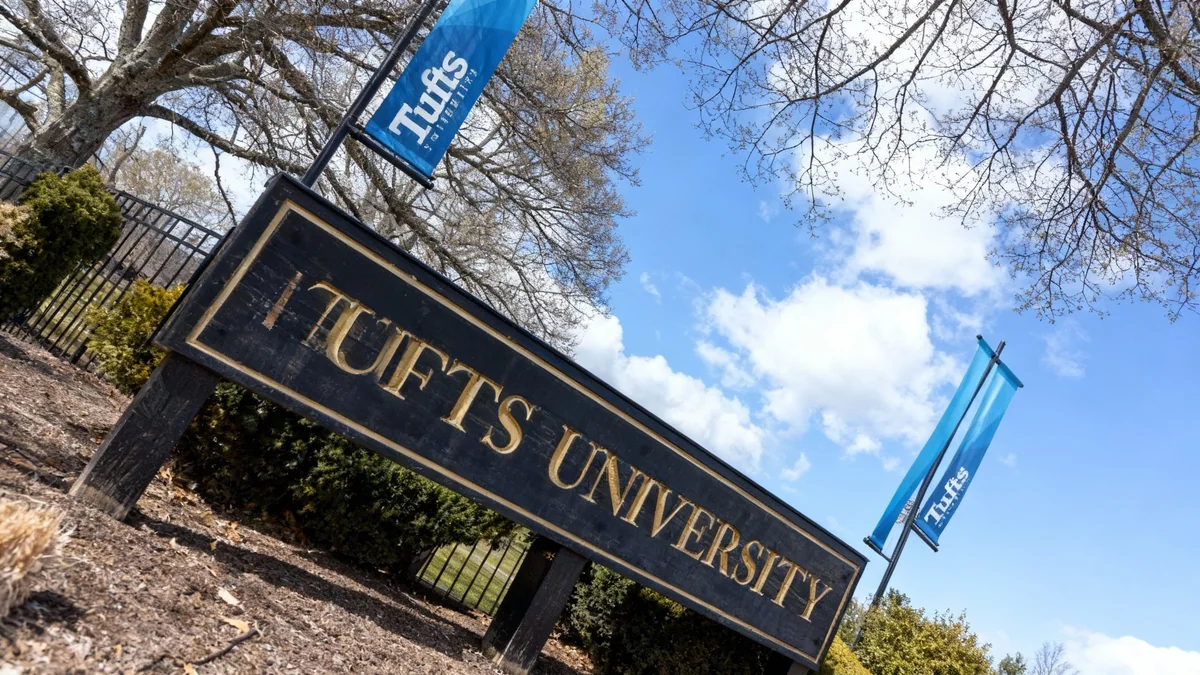A proposal from the Trump administration to introduce a $100,000 fee for new H-1B visas could create significant challenges for U.S. colleges and universities. These institutions rely on the program to hire thousands of specialized foreign workers, including researchers, doctors, and academic staff.
As of June 30 for the 2025 fiscal year, American higher education institutions employed more than 16,000 individuals on H-1B visas, representing approximately 5 percent of the total visas approved nationwide.
Key Takeaways
- A proposed presidential proclamation would require employers to pay a $100,000 fee for new H-1B visas.
- U.S. colleges and universities currently employ over 16,000 workers on H-1B visas, primarily in research and medical roles.
- The top 100 universities account for about 70 percent of all H-1B visas in the higher education sector.
- Higher education leaders are hopeful they will be exempt from the fee, arguing their hires are in the national interest.
The Role of H-1B Visas in Higher Education
The H-1B visa program is designed to allow U.S. employers to temporarily hire foreign workers in specialty occupations. These roles require a high level of specialized knowledge and typically a bachelor's degree or higher in a specific field.
According to U.S. Citizen and Immigration Services, this classification helps fill gaps in the domestic workforce with qualified international talent. The Trump administration has stated that the program is susceptible to abuse by companies seeking to bypass American workers.
H-1B Visas by the Numbers
For fiscal year 2025, the professional, scientific, and technical services sector received the largest number of H-1B visas, totaling 129,007. A significant majority of all H-1B visa holders originate from India.
For universities, the H-1B program is a critical tool for recruitment. They use it to bring in essential personnel such as academic faculty, advanced researchers, and physicians for their affiliated medical centers. Hanan Saab of the Association of American Universities noted that many of these hires are directly linked to an institution's medical facilities.
Data Shows Concentrated Use Among Top Institutions
An analysis of federal data from fiscal year 2025 reveals how heavily certain universities depend on the H-1B program. The data, current as of June 30, shows a wide distribution but also a high concentration of visa holders at elite research institutions.
Key Statistics on University H-1B Usage
- Total Institutions: At least 930 colleges and universities employed at least one worker on an H-1B visa.
- Average Usage: The average number of visas per institution was approximately 18.
- Lower Usage Tier: A large group of 843 institutions held between one and 49 approved visas.
- High Concentration: Just 50 institutions accounted for nearly half of the 16,797 approved visas in higher education.
The top 50 institutions, which held an average of 167 visas each, were predominantly classified as R-1 universities, indicating the highest level of research activity. The remaining few in this group were medical centers. Furthermore, the top 100 universities for H-1B approvals hold approximately 70 percent of all visas issued to the higher education sector.
Details of the Proposed Fee and Potential Exemptions
The proposed $100,000 fee was introduced through a presidential proclamation and would apply only to new visa applications, not current holders. Before this proposal, application fees were in the range of $2,000 to $5,000.
University Cap Exemption
While the U.S. government caps the number of new H-1B visas at 85,000 annually, universities, nonprofit research organizations, and national labs are exempt from this limit. This exemption allows them to hire specialized talent without competing in the general lottery.
It remains unclear whether universities would be required to pay the proposed fee. The proclamation includes a provision that allows federal agencies to grant exemptions for certain individuals, companies, or industries if their hiring practices are deemed to be in the national interest and pose no threat to the country's security or welfare.
"We are very much of the mind that any of the hires an institution of higher education might be making for research purposes or medical support services are very much in the national interest," said Hanan Saab, associate vice president for government relations and public policy at the Association of American Universities.
Saab expressed hope that higher education would not be targeted by a measure that appears aimed at large technology companies. Administration officials specifically mentioned "big tech companies or other big companies training foreign workers" when discussing the fee.
Financial and Talent Implications for Universities
If universities are not granted an exemption, the financial burden could be substantial. Experts suggest that few colleges could afford a $100,000 fee per hire, especially as many institutions with high numbers of H-1B employees are already facing financial difficulties, leading to budget cuts and hiring freezes.
The National Postdoc Association issued a statement highlighting the potential damage to American research and innovation.
"If implemented, the administration’s proclamation to impose a $100,000 fee for new H-1B visas would create an enormous barrier for employers seeking to attract top talent from around the world," the statement read. "America’s competitors must be celebrating this radical policy position that lets them steal away extraordinary workers who would otherwise bring their skills to the United States."
The policy could hamper the ability of universities to fill essential roles, from lecturers and researchers to physicians, ultimately affecting their educational and medical missions. The final implementation details from key federal agencies, which will determine the real-world impact on higher education, are still pending.





